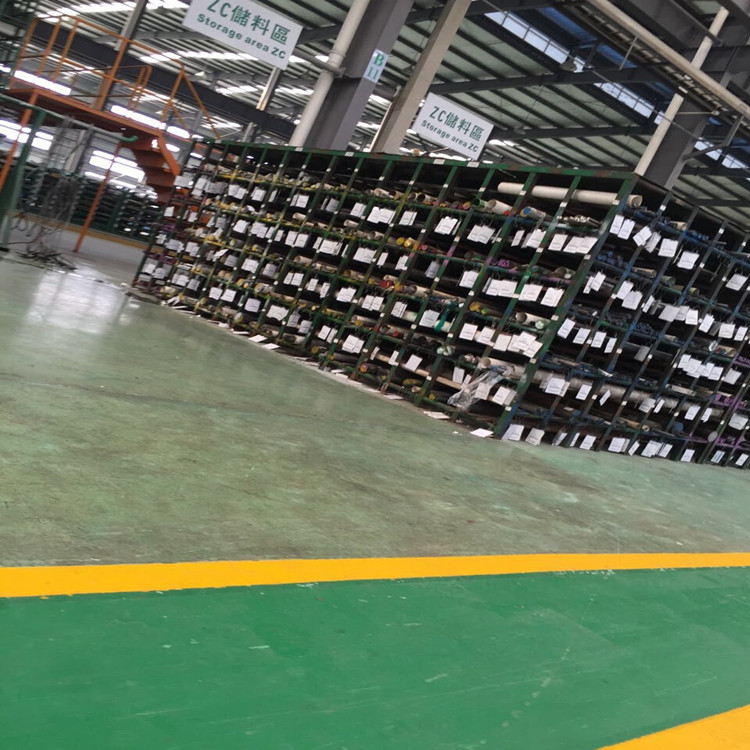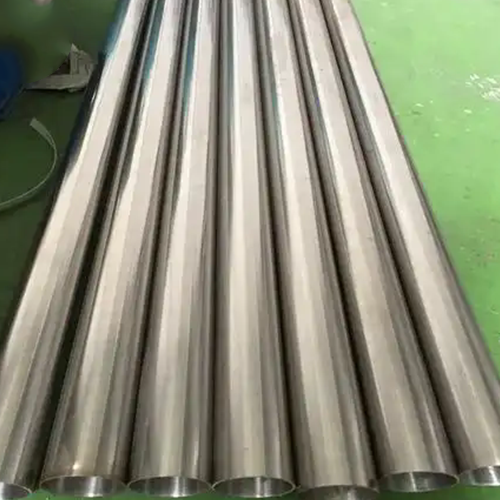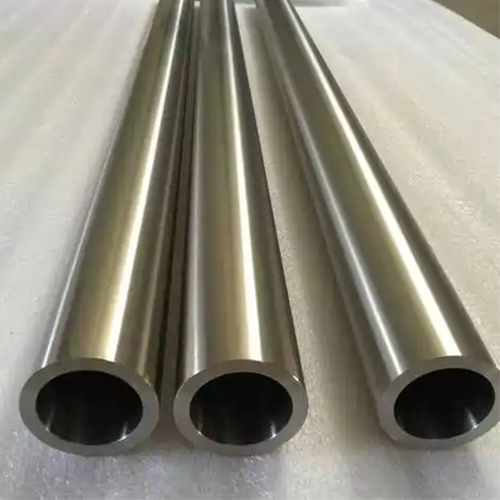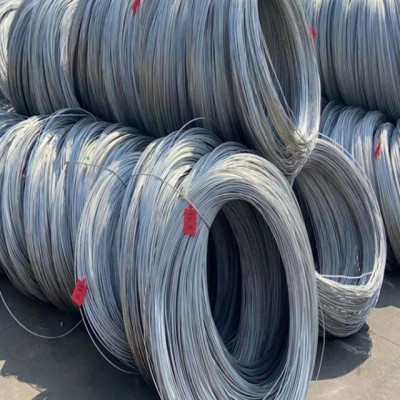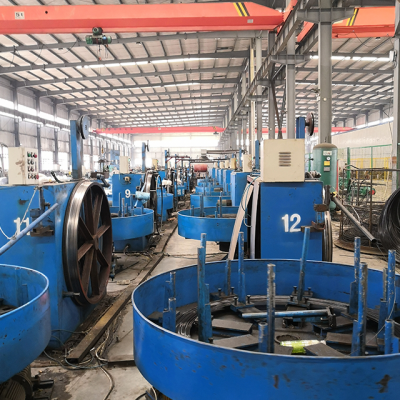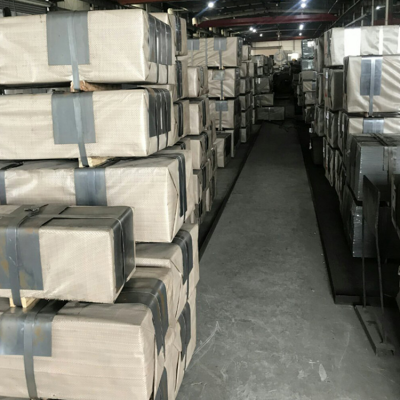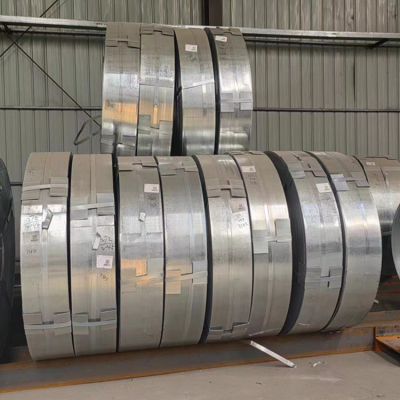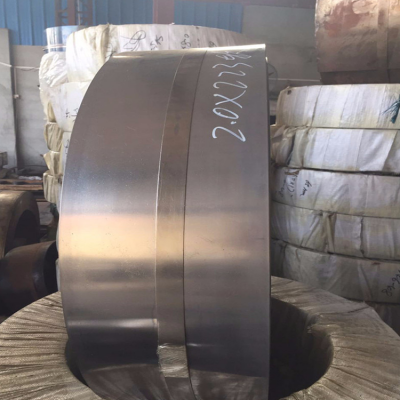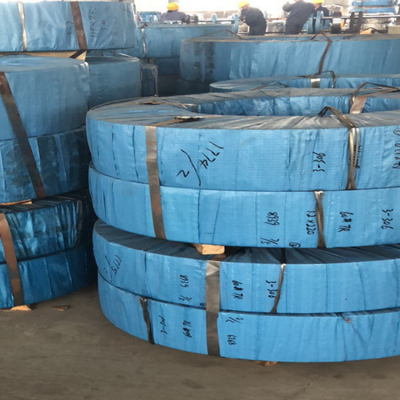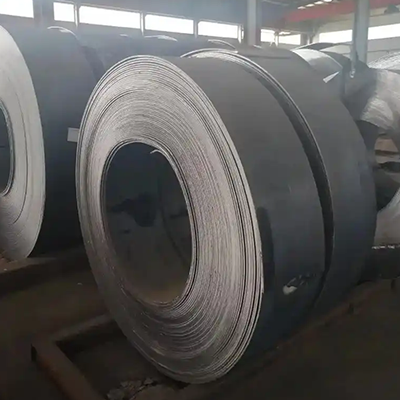HAYNES ® 230 alloy is a nickel chromium tungsten molybdenum alloy that combines excellent high-temperature strength, oxidation resistance, long-term thermal stability, and good machinability.
Haynes 230 alloy material features:
1. High temperature strength, thermal stability, environmental resistance
230 alloy contains nickel, chromium, tungsten, and molybdenum, and has excellent high-temperature strength. Even when exposed to a high temperature environment of 1149 ° C for a long time, it has outstanding oxidation resistance, especially in nitriding environments, and has very good long-term thermal stability. This material can be machined, formed, processed, and cast. Compared to other high-temperature alloys, 230 alloy has lower thermal expansion characteristics and can withstand particle coarsening for a long time under high temperature conditions.


2. Easy to process
230 alloy has good formability and welding performance. It can be forged, and if the high temperature is long enough to reach 1177 ° C for the entire workpiece, it can also be hot worked. Due to its good ductility, 230 alloy can be cold formed. Whether it is hot or cold processing, the finished parts need to be annealed and rapidly cooled to restore the optimal performance of the material. This alloy can be welded using various methods, including GTAW (tungsten inert gas welding), GMAW (metal inert gas welding), and resistance welding.
3. Heat treatment
The supply state of 230 alloy is usually forged solid solution. The temperature range for solution treatment is 1177-1246 ° C, followed by rapid cooling or water quenching to achieve optimal performance. If the annealing temperature is lower than the solution temperature, carbide precipitation will occur, which will affect the strength and ductility of 230 alloy.
| Haynes 230 Chemical Element Composition Content (%) |
| Component | Fe | C | Si | Mn | Cr | Ni | Mo | Ti | W | Nb | B | Co | Al | La |
| Minimum value | - | - | - | - | - | - | - | - | - | - | - | - | - | - |
| Maximum value | 3 | - | - | - | - | - | - | 0.1 | - | 0.5 | 0.015 | 5 | - | - |
| Nominal value | - | 0.1 | 0.4 | 0.5 | 22 | 57 | 2 | - | 14 | - | - | - | 0.3 | 0.02 |
4. Casting
230 alloy can be cast using traditional sand casting or vacuum investment casting. It is recommended to adopt the upper limit value of the silicon liquid level range in the standard to improve fluidity. According to performance requirements, cast parts can be in both cast and solution states.
5. Multiple supply shapes
The supply shapes of 230 alloy include thick plates, thin plates, strips, foils, blocks, round bars, wires, welded products, and pipe materials


6. Application
The excellent comprehensive performance of 230 alloy enables it to be widely used in the aviation and energy industries, such as combustion chambers, relay ducts, flame stabilizers, thermocouple protective sleeves, and other gas turbine components. In the chemical industry, catalyst grid frames made of 230 alloy are placed in nitrogen burners, as well as high-strength thermocouple protective sleeves, high-temperature heat exchangers, pipelines, high-temperature corrugated pipes, etc.
In the industrial electric heating industry, 230 alloy has various applications, such as manufacturing furnace chambers, fixtures, and flame protection covers for combustion chambers,
Heat exchanger inner shell, air damper, nitriding furnace inner shell, baskets, grilles, trays, etc. for heat treatment.
Hot Tags: China,custom , HAYNES ® 230 (Hastelloy 230) , manufacturer,factory,supplier
Contact us with any questions


 English
English 日本
日本 한국인
한국인 Français
Français Deutsch
Deutsch español
español Italiano
Italiano Portugal
Portugal Việt Nam
Việt Nam türkiye
türkiye عرب
عرب Русский
Русский čeština
čeština แบบไทย
แบบไทย Eesti
Eesti Gaeilge
Gaeilge Hmoob
Hmoob íslenskur
íslenskur Cymraeg
Cymraeg български
български اردو
اردو Polski
Polski Hrvatski
Hrvatski українська
українська bosanski
bosanski فارسی
فارسی lietuvių
lietuvių latviski
latviski עִברִית
עִברִית Română
Română Ελληνικά
Ελληνικά dansk
dansk Magyar
Magyar norsk
norsk Suomalainen
Suomalainen Nederlands
Nederlands svenska
svenska slovenský
slovenský Slovenščina
Slovenščina हिंदी
हिंदी Indonesia
Indonesia Melayu
Melayu Malti
Malti Kreyòl ayisyen
Kreyòl ayisyen català
català বাংলা
বাংলা Српски
Српски o'zbek
o'zbek